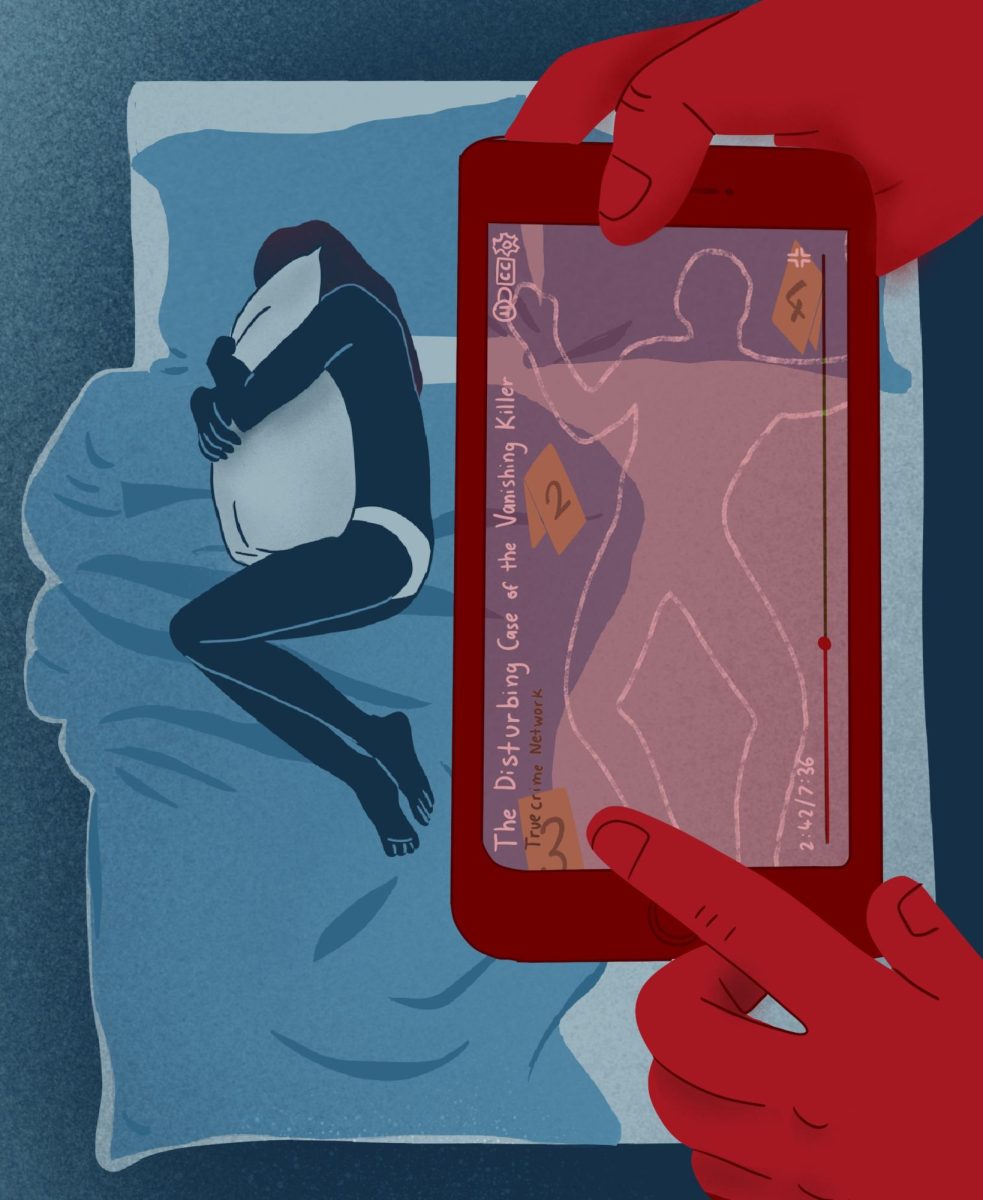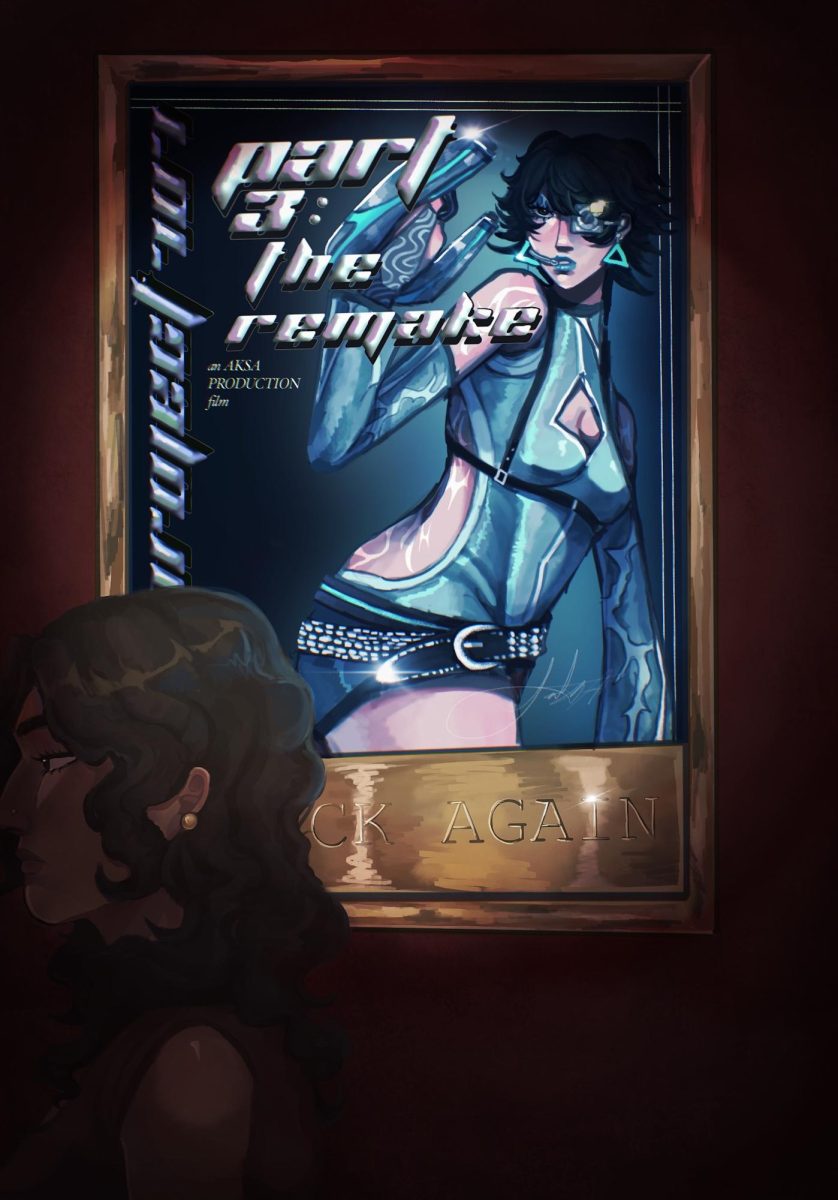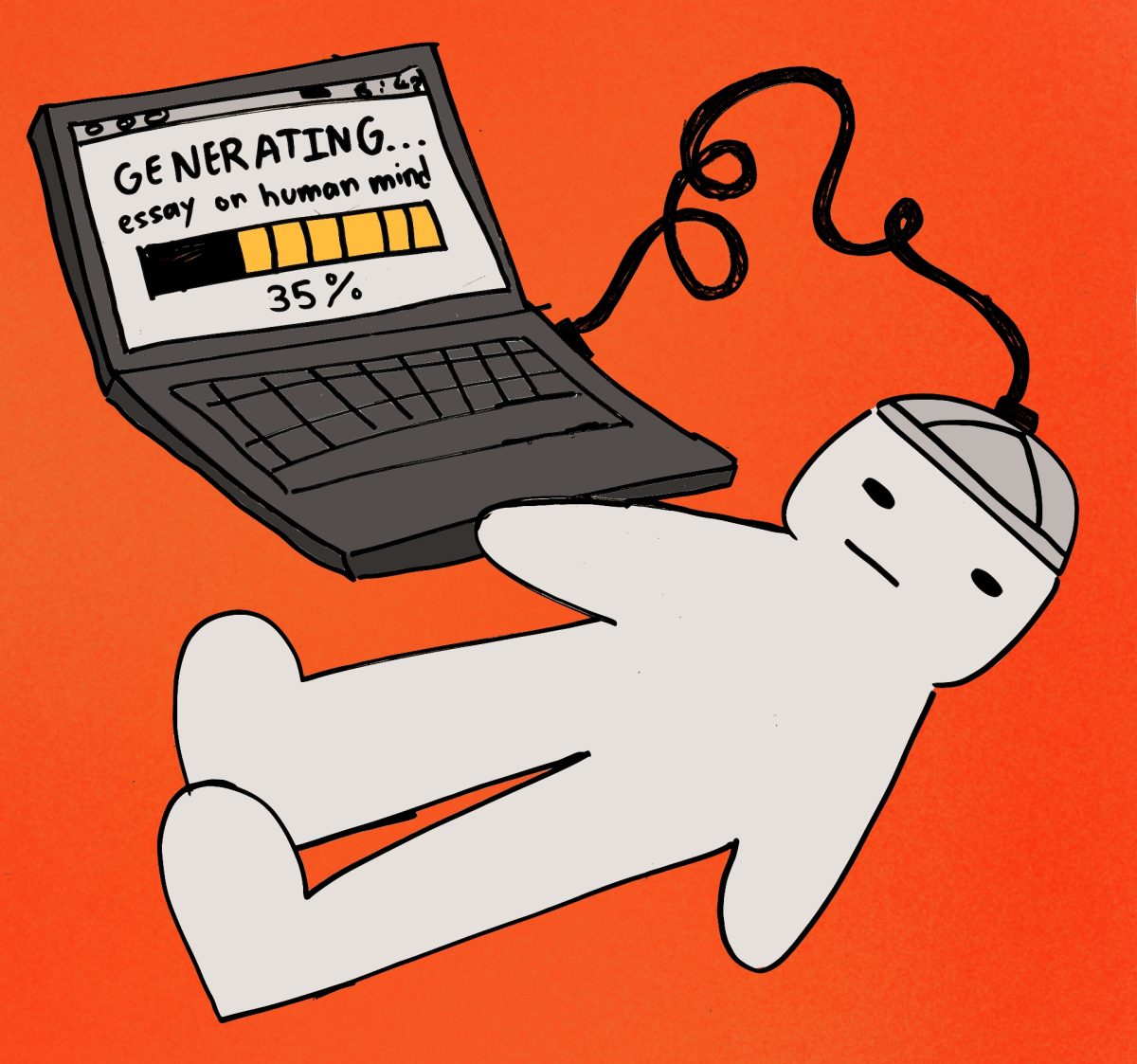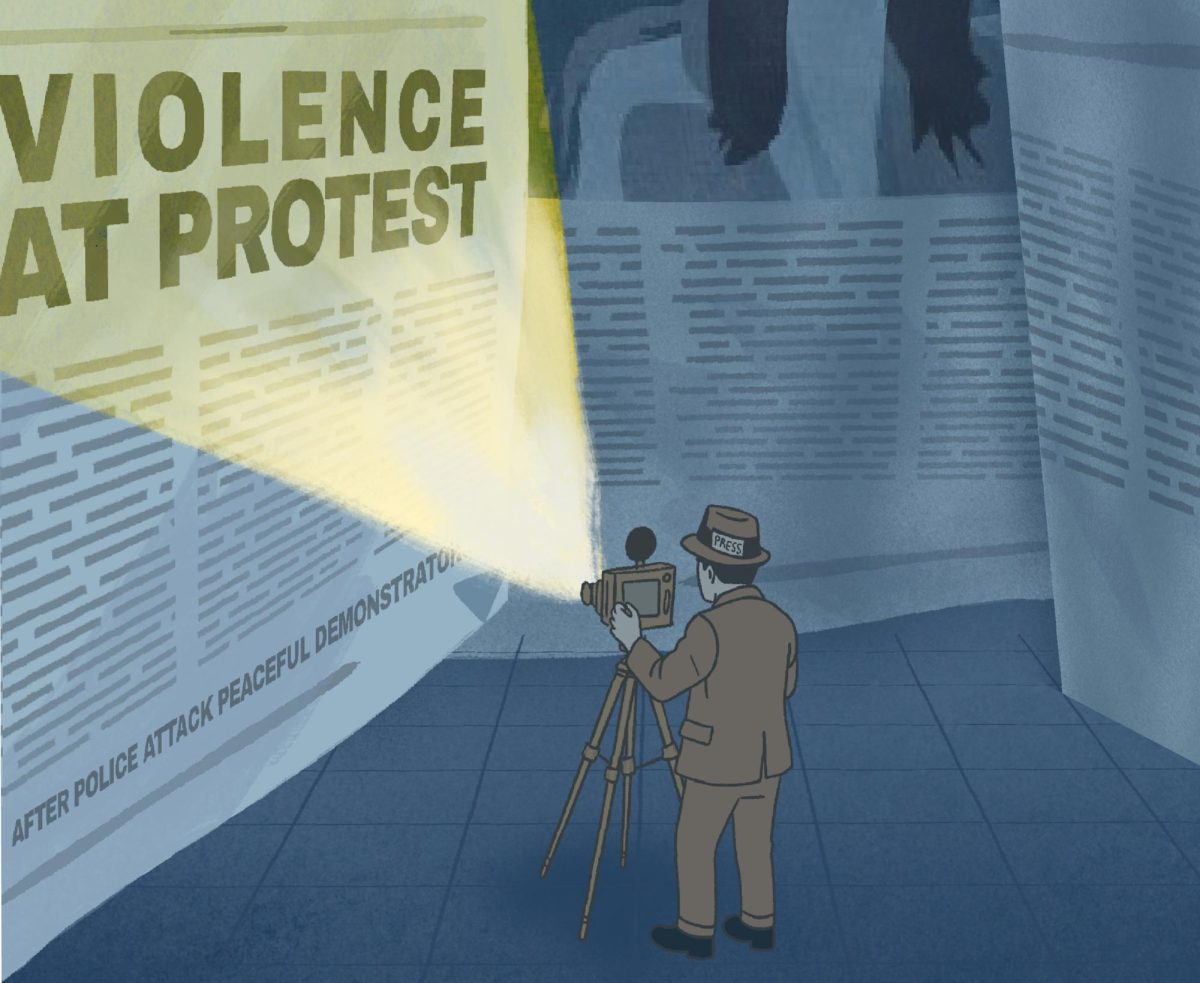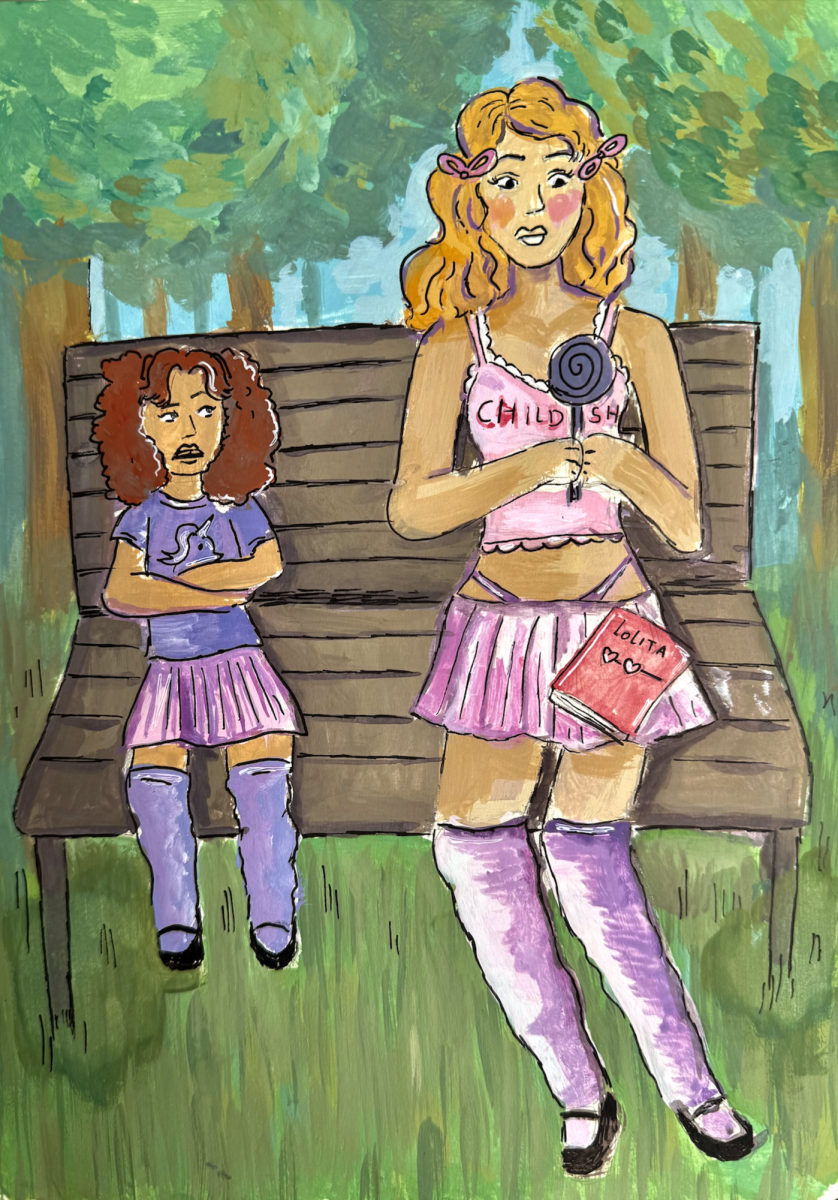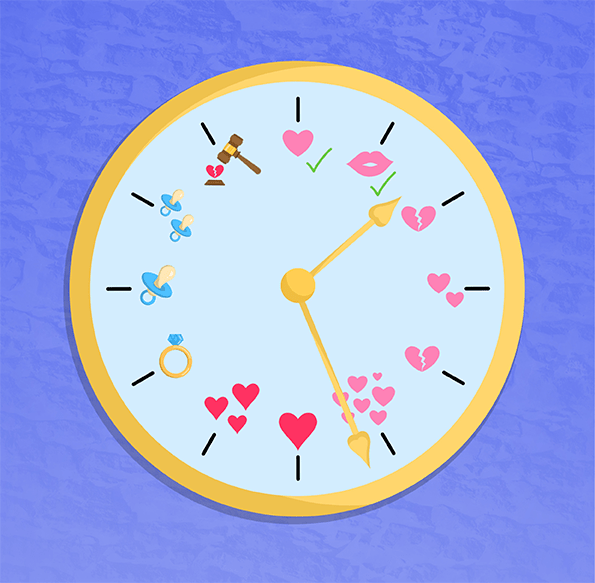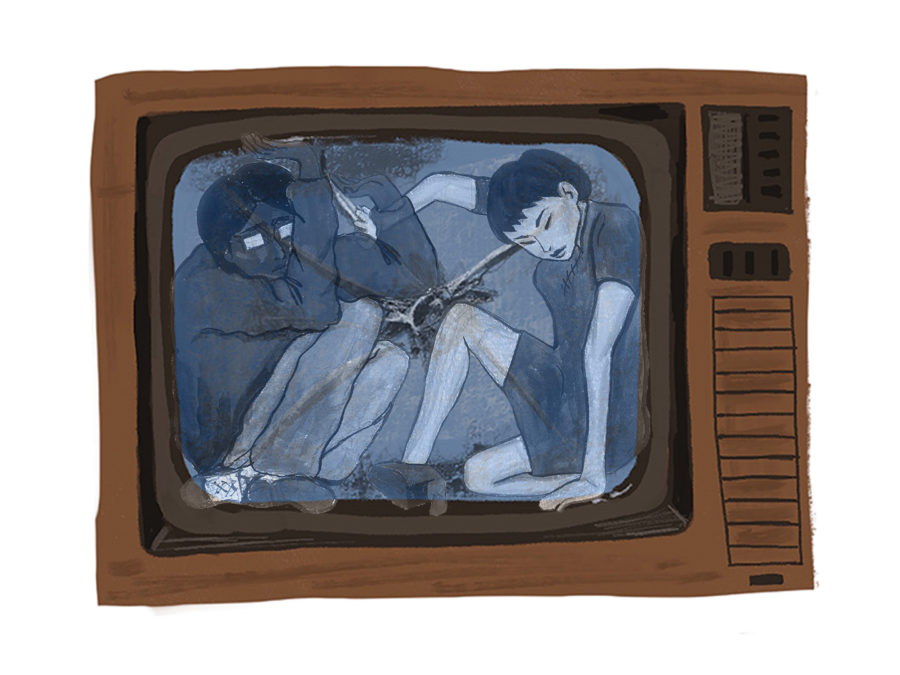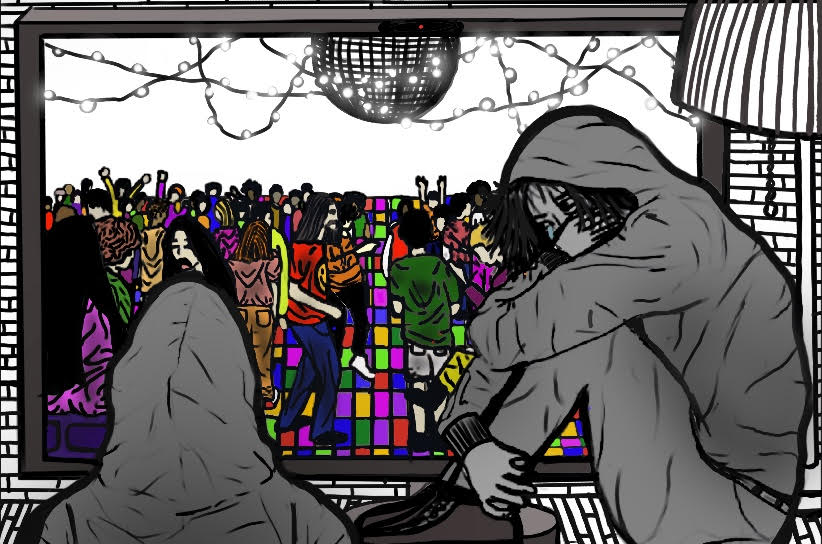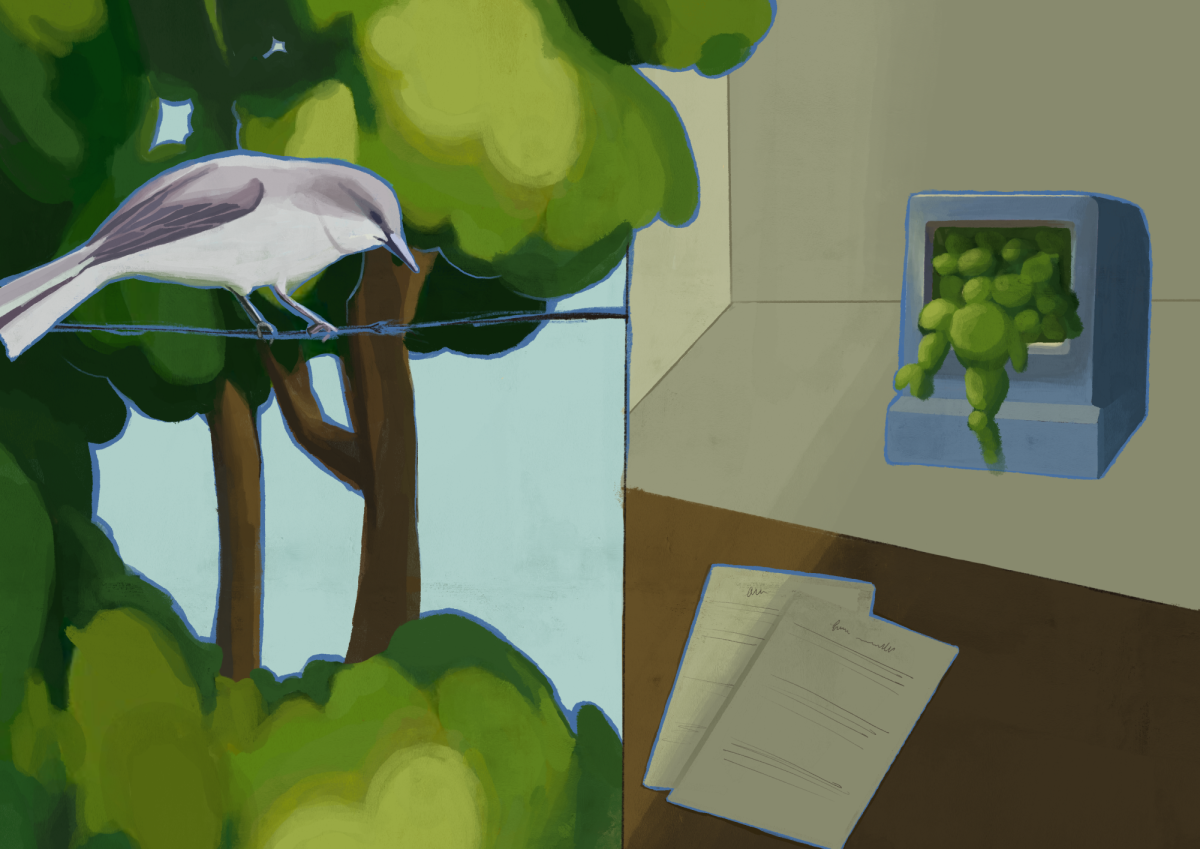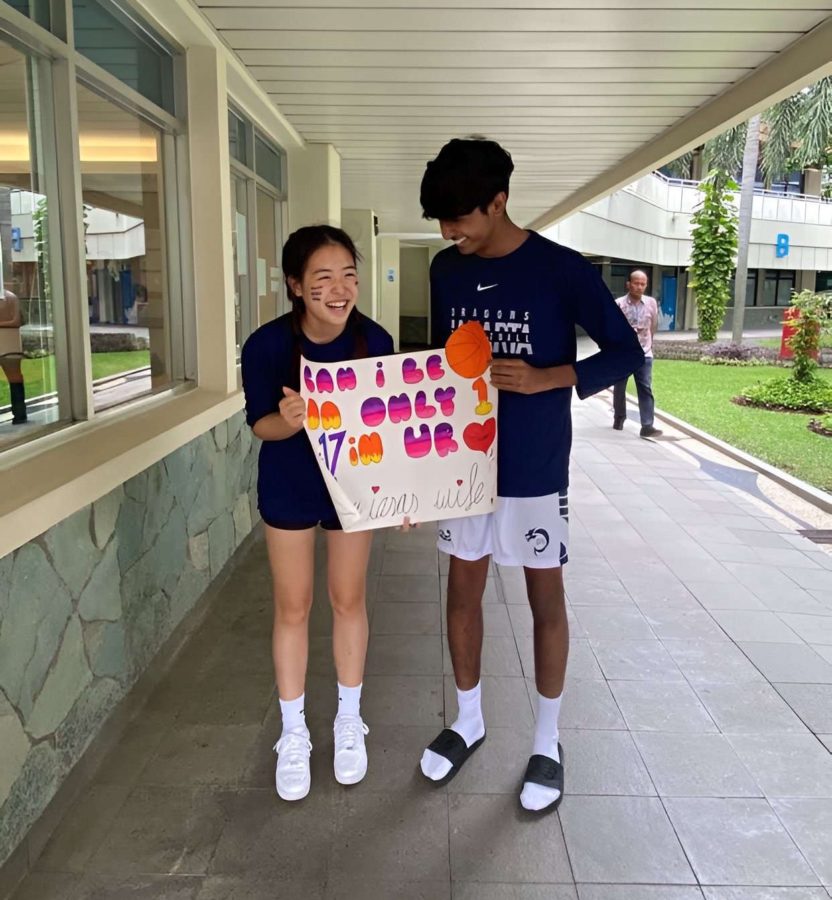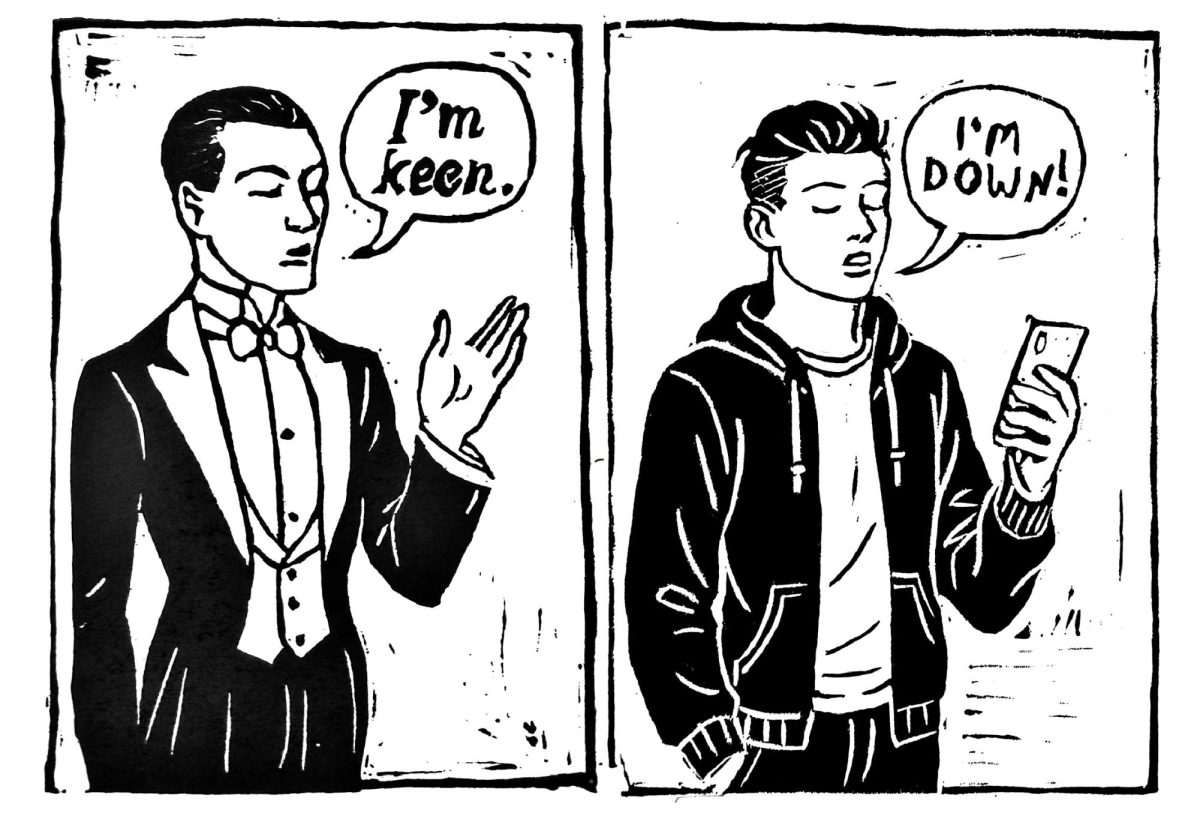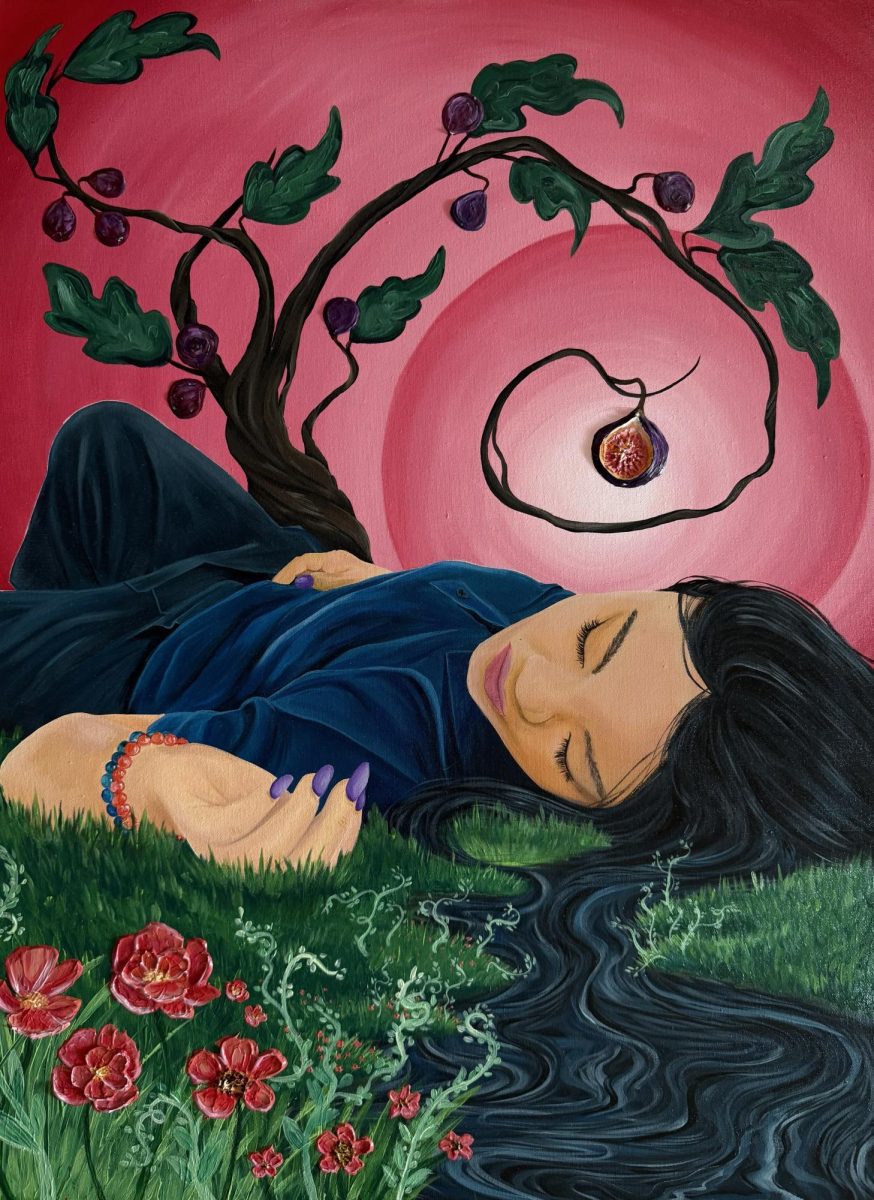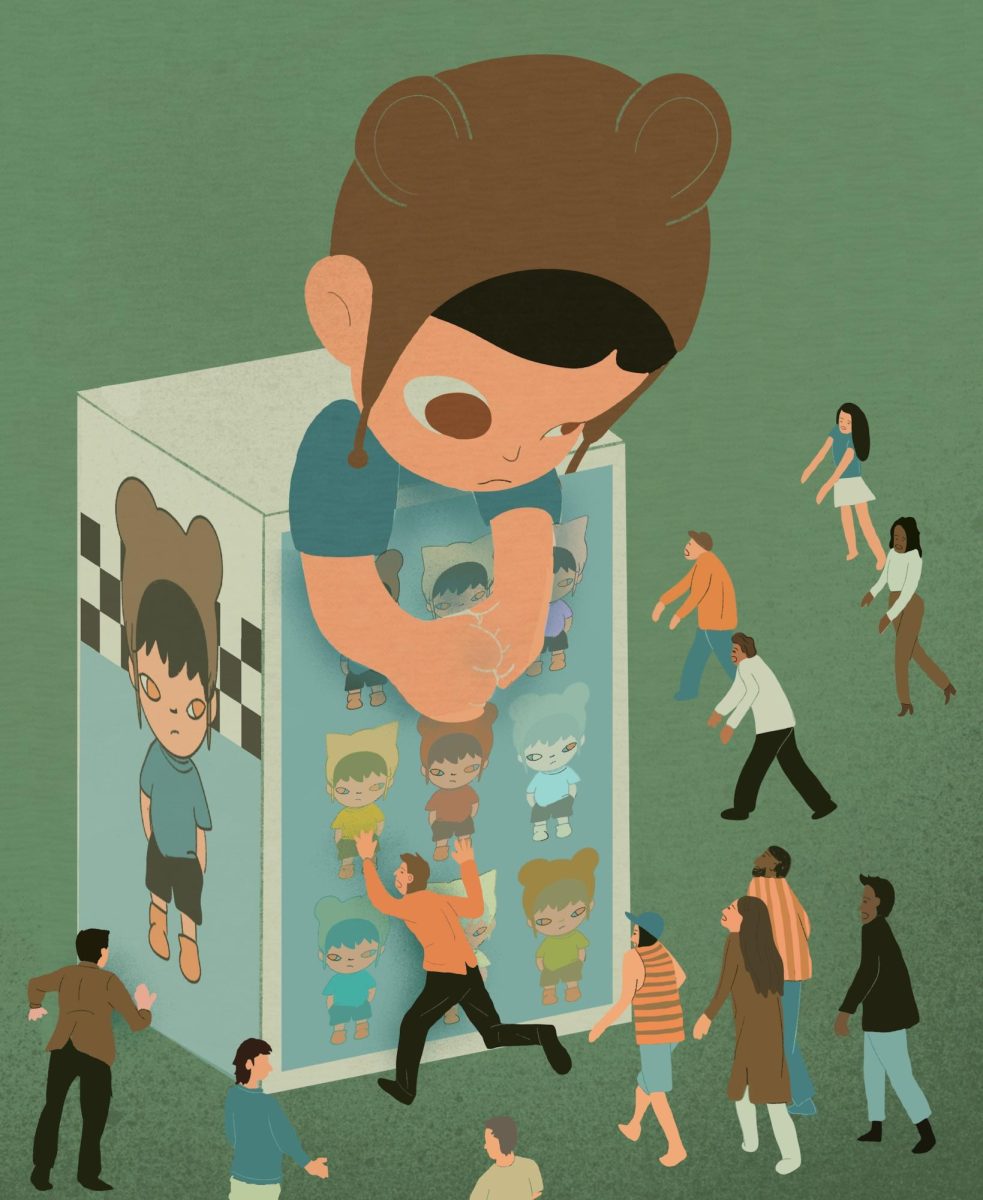Love is a highly personal experience. We express love in the way we want to receive it, and form relationships based on our individual desires and wishes. Although the beauty of love lies in its personal nature, relationships in high school may appear far more uniform than they should: teens are expected to maneuver relationships in a certain way, and to follow rigid social norms that dictate their behaviors and actions. With this pattern becoming increasingly apparent in recent years, how do we identify the factors that influence our relationships, and how can we re-personalize our perceptions?
Social Circles
The people we surround ourselves with play a crucial role. They influence the way we think, act, and how we treat others; their impact on our mindsets is so potent, they can even be transmitted subconsciously. As noted by the BBC, “Beneath your awareness, your brain is constantly picking up on cues from the people around you to inform your behavior.”
Our friends are among those who most closely influence us. Their thoughts and values play a part in swaying our relationships, as expressed by one student who conforms to “[their] friends’ expectation of how couples should and shouldn’t act.” Our friends dictate with whom we choose to share our affection, as well as how we do so.
Alternatively, our families also play a role in influencing our relationships. More specifically, the affection our parents or guardians share shapes how we approach our own relationships, and how we determine our standards and expectations.
“Considering that [my parents] aren’t together, it makes my perception of romantic relationships not very good,” one student laments. As discussed in the “Legacy of Love” article on pages sixteen to seventeen, the influence of our parents is so robust, it could leave a life-lasting impact.
Media Consumption
The different types of content we consume also play a crucial role in shaping our perceptions. Julia Lippman, a postdoctoral fellow at the University of Michigan’s Department of Psychology, explains how the minds of young people are essentially free for the media to mold. Teens are at the age at which they are old enough to be interested in navigating relationships, yet have limited romantic experiences from which to draw. This can result in many “turning to the media for guidance,” whether for better or worse.
Movies & Television Shows
Forms of media entertainment often act as a means through which love is presented in a glamorized, shallow way. Movies and television shows tend to focus on the exciting and carefree “honeymoon stage” of affection, the stage at which couples first start to enter relationships and are constantly infatuated with thoughts of the other.
“[This] creates a problem, an expectation that this is where the story finishes. Happily ever after, and that’s it,” explained Kalanit Ben-Ari, Ph.D.
By disregarding the tenacity that comes with sustaining real relationships, teens may perceive the start of dating as the “end goal,” while, in reality, relationships are far more complex. It is no wonder, then, that many teen couples express increasing surprise when noticing the other’s imperfections a few months down the road, leading to conflict and perhaps even an end to the relationship. So, while dating may bring happiness, comfort, and support, relationships require effort to maintain—an important aspect often overlooked in popular entertainment. Couples do not linger in the “honeymoon phase” forever, and will ultimately need to move into the next stage of the relationship in lieu of it ending altogether.
Literature
Aside from movies and television shows, Young Adult (YA) novels are another form of influence. Most commonly targeted towards teens, these books commonly portray relationships as successful only if they pass certain checkpoints or undergo certain experiences.
Indeed, romance is so prominent in the YA genre that it pushes the ideology that romantic love is something that teens need. When we read about the romance depicted in these stories and realize that we haven’t yet experienced similar situations, we may feel an increasing pressure and desire to do so.
One of these aspects includes physical intimacy, which is commonly emphasized as a necessary checkpoint in a journey that must be overcome in order for the relationship to evolve.
“I notice that many couples show a lot of PDA (Public Display of Affection), which delivers the impression that [high school] relationships nowadays are mostly physical,” one student wrote.
As put forth by the National Library of Medicine, “Although sexual content in the media can affect any age group, adolescents may be particularly vulnerable… the cognitive skills that allow them to critically analyze messages from the media and make decisions based on possible future outcomes are not fully developed.”
When teens watch or read about characters their age taking part in acts of physical intimacy, some become more eager to experience sexual relations, while others who do not yet percieve themselves as ready become more reluctant to enter a relationship.
“After seeing [couples around me], I feel like physical contact is the [only] thing you need in a relationship,” wrote another.
We read for the same reason we watch television: to see if there are other people in the world like us. So, when these relationships may only be painted as successful due to physical intimacy, it could spark feelings of confusion as to what a relationship truly is.
Social Media
One of the most recognized and influential factors affecting our perception of romantic relationships is social media; or rather, the content users share through it. Showcases of romance posted by people around us only reveal a hyperrealistic aspect of relationships. From dating-exclusive trends on TikTok to publicized date nights on Instagram, seeing couples post pictures and videos of themselves while being unable to do the same can cultivate intense feelings of FOMO (Fear of Missing Out).
“The seemingly perfect relationships [of couples on campus] I see on my screen make me crave [being in one] even more,” one student wrote. “[The couples] look so happy; I want to be that happy too,” another shares.
We are overwhelmed by images that constantly depict dating and relationships through rose-colored glasses, romanticizing the very idea of love itself. While many engage in social media platforms as a form of escapism, the content that teen consumers choose to view during this “escape” can lead to an increase in self-consciousness and enhance insecurities, through which dysfunctional beliefs and generalized standards for romance emerge.
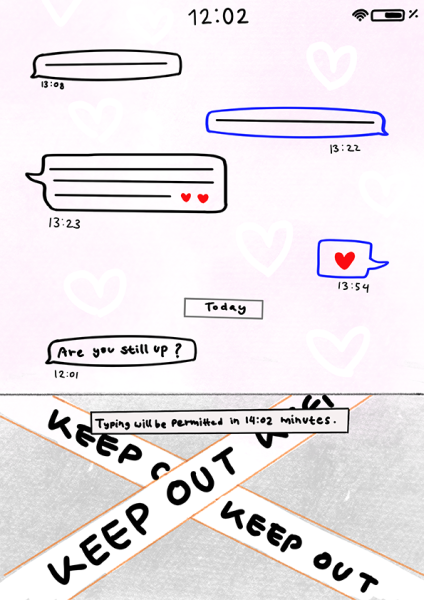
The Melting Pot
Ultimately, humans are motivated by the need to show love and be loved. It is not shocking, then, that teens use movies, television shows, young adult books, and social media to practice and model their relationships with others. Although frequent exposure to these ideas and lifestyles may prove beneficial, it more commonly leads teens to adopt unrealistic expectations towards real-life relationships, which could affect their self-esteem and confidence.
These influences, as a result, could lead to the creation of rigid social norms, which may dictate how we address potential relationships in our own lives. It can even lead us to perceive our relationship as a linear pathway, starting with the introductory “talking stage,” followed by a “situationship” [see page 15], and finally—if we’re lucky—a steady stream of romance.
“There’s some kind of formula to doing everything,” one student explains. “I think that is sort of suffocating. I want to comfortable with the person in my relationship, and I don’t want to have to think about every little thing I do and what people will think about it.”
The pressure to conform to these norms creates a sense of uniformity across relationships, which could lead to seeds of inauthenticity.
“I think that people who rush getting into a relationship don’t actually like or love their partner, but instead are in love with the idea of having [one],” one student expressed. Another writes, “[Many high school couples] don’t like each other, but date just to keep the title of being in a relationship.”
At times, we may even find ourselves questioning the motivation behind our own relationships. With our limited experience with romance, we may not even realize the reality behind our own intentions, which could lead to complicated situations in the long run.
Resetting the Clock
With bombarding pressures to conform to social norms, the uncertainty of modern-day relationships, and the many complexities of dating in high school, considering, let alone navigating, love may seem overwhelming. How do we find the balance between our own desires and those of others? How do we know if the relationships we share with others are authentic? How should we truly love one another?
Though there is no definitive answer to these questions, an appropriate start would be to be aware and mindful of the influences surrounding us. Indulge in media and books that showcase healthy relationships; perhaps even find friends who show love the same way you strive to love others. Even if it may appear alien at first, from there, your perception of romance may change. You may even find yourself becoming more comfortable in showing, receiving, and maintaining love.




